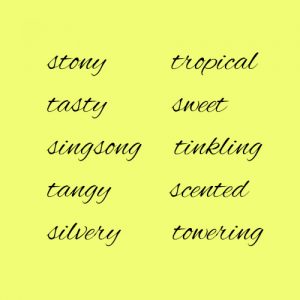Preparing translations? Easy enough if you are fluent in the language, not so much if you aren’t.
Each format of a book―PDF, digital, or printed―has its own style and requirements. If you produce all three types, extra software may be required. Not to mention an image-manipulation app for preparing the cover.
For the most part, putting together a PDF for buyers to download and either read on their device or print out is the same in the majority of languages based on the Latin alphabet. Even East-European languages can simply be set in standard page layout, with heading styles and table of contents.
Digital books (e-books) require software that converts them to .html files. Atlantis Word Processor readily accepts .doc and .docx and other base formats. Then, if the digital option is chosen, converts to ePub and Kindle formats.
But books to be published as hard-covers or paperbacks can present a problem when scaled to, for example, the 6″ x 9″ industry standard size. Justified edges are the norm, and on the smaller page the words may need adjustment by either expanding or contracting the character spacing a tad or―and here is where it gets tricky―hyphenating words. If you are not familiar with the language, conferring with the translator is required in order to hyphenate correctly. Dutch and German are good examples of languages that include long words comprising several smaller words and/or prefixes and/or suffixes. A line of justified text could contain a single word spread across the page!
And don’t forget the text on the back cover, as well as the front-cover and spine title and subtitle and extras, if any. All that, plus the short description and keywords publishing companies ask for need to be translated, too.
So, if you plan to publish your book in languages other than English, finding a translator who understands your vision and the nuances of both languages is just the beginning. Then comes the seemingly endless rounds of proofreading and verification, the formatting, and more proofreading before the purchase of an ISBN, addition of the barcode to the cover, and one more check that the book is ready to be uploaded to the publishing company. Phew!
Finally, if the stars are in alignment, the publisher’s software will accept your submission without font-embedding issues, cover changes, or any other exercises in hair pulling.
Do you format your own books? Are your books translated into other languages?



